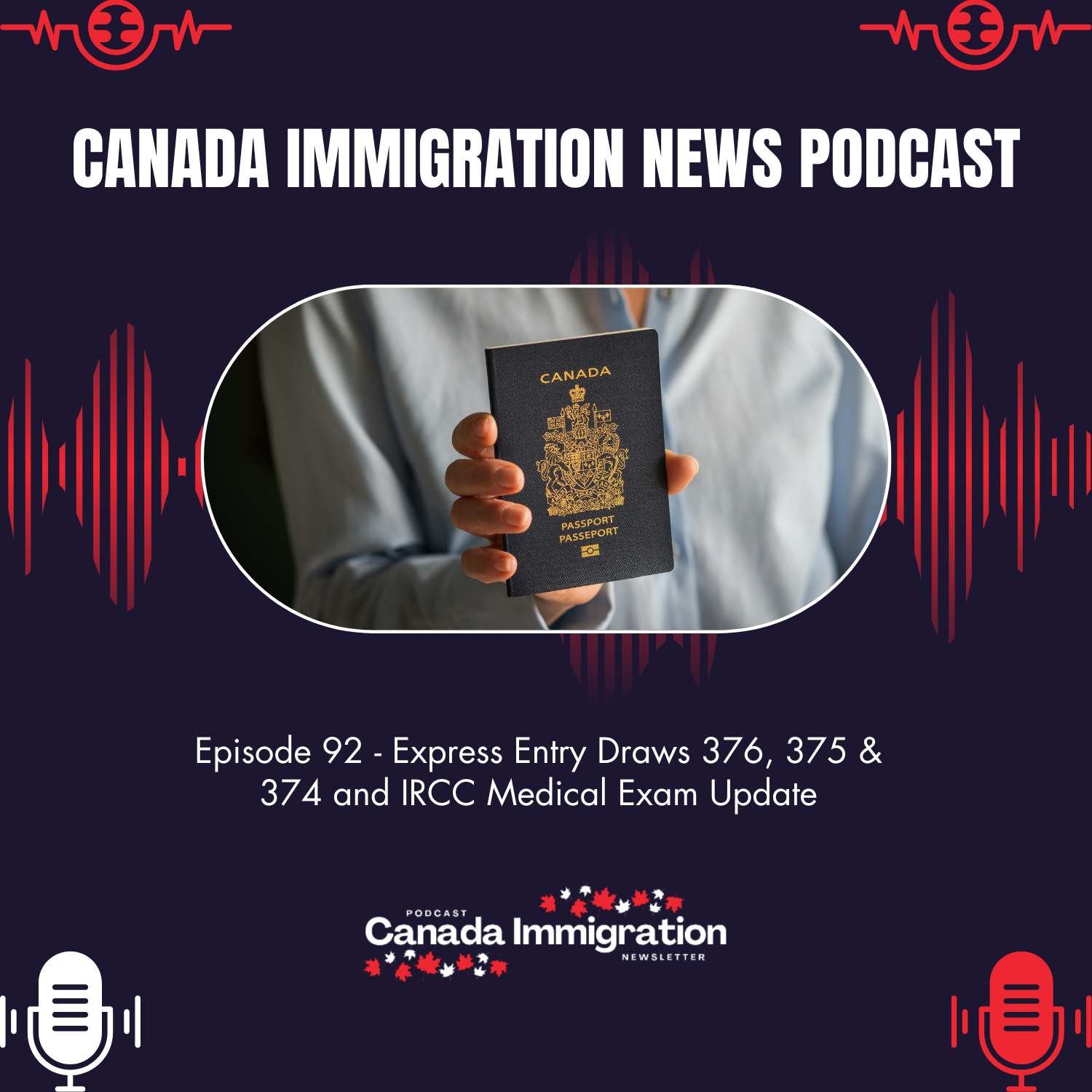Immigration Announcement
Canada Updated Study Permit Guidelines with New PAL/TAL Requirements: What Students Really Need to Know

Students and schools have new rules to follow this year. Canada updated study permit guidelines with new PAL/TAL requirements, and IRCC has added plain clarifications on when an attestation letter is needed, when it is not, and how joint or exchange programs are handled in the 2025 intake period.
Why This Update Matters
IRCC is working within a national cap for study permits. Provinces and territories get a set number of spots and confirm each spot through an attestation letter (often called a PAL or TAL). If your application needs this letter and you do not include it, your file will not be accepted for processing. The goal is simple: keep intake organized, avoid duplicate spots, and help the right students get through faster.
Canada Updated Study Permit Guidelines With New PAL/TAL Requirements
Think of the attestation letter as a seat confirmation for your study place in a province or territory.
- Most first-time study permit applicants in 2025 will need it.
- Some applicants are exempt, depending on the Ministerial Instructions (MIs) now in force.
- Quebec: A valid CAQ usually covers this requirement when it includes the standard sentence added by the province. If your CAQ is an older version without that line, request an updated CAQ before you apply.
What Changed for 2025
- Extending your studies at the same school and same level: You do not need a new attestation letter for that extension.
- Changing level or changing schools: You do need a new attestation letter (for example, college to master’s, or moving to a new DLI).
- Exchange students: True exchanges do not need the letter if you are not paying tuition to the Canadian school.
- Joint programs: If two or more schools deliver one credential together, one attestation letter from the province or territory of the credential-granting school is enough.
- Quebec secondary-level vocational programs (like DEP/ASP): Treated as secondary, so generally exempt from the letter.
- CEGEP in Quebec: Treated as post-secondary, so the letter is required.
- Prerequisite terms: If you apply for a separate prerequisite course before your main program, you need the letter even if the main program would be exempt.
Quick Decisions Table
| Your situation | Do you need the attestation letter? |
| Extending at the same DLI and same level | No |
| Switching level (e.g., bachelor’s → master’s) at the same DLI | Yes |
| Switching to a new DLI (any level) | Yes |
| Exchange student (no tuition to Canadian DLI) | No |
| Visiting student (not an exchange) | Yes |
| Joint program with one final credential | One letter from the credential-granting province/territory |
| Quebec secondary-level vocational (DEP/ASP/related) | No |
| CEGEP in Quebec | Yes |
| Separate the prerequisite course before the main program | Yes |
What to Include So Your File Moves Smoothly
- Proof you are exempt (for example, the exchange letter that states you do not pay tuition to the Canadian DLI).
- Correct level of study (post-secondary, graduate, etc.) shown on your LOA and forms.
- Updated CAQ wording if you study in Quebec.
- Accurate DLI name and number so officers can confirm details quickly.
Clear Examples
- Bachelor’s to bachelor’s at the same school: No letter for the extension.
- College diploma to master’s at the same school: Letter required (new level).
- Same level but moving to a new school: Letter required (new DLI).
- Two universities share one program, one credential: One letter from the province or territory where the credential is issued.
- You have a main master’s that is exempt, but you file a separate prerequisite term: a Letter is required for the prerequisite.
Frequently Asked Questions (FAQs)
Q1. Do older applications keep the old rules?
Applications sent before the current MI dates are reviewed under the rules in force on the received date.
Q2. Who decides exemptions?
The current Ministerial Instructions set them; officers, check your proofs.
Q3. What if my CAQ lacks the standard line?
Ask Quebec for an updated CAQ before applying.
Q4. Is a visiting student the same as an exchange student?
No. Visiting students usually need the letter; exchanges often do not.
Final Checklist
- Read your LOA and confirm the level shown matches your plan.
- If you claim an exchange, include the document that shows no tuition to the Canadian DLI.
- If you changed level or school, get a new letter before you file.
- For Quebec, confirm your CAQ includes the standard line (or update it).
Fewer Surprises If You Plan Ahead
As Canada updated study permit guidelines with new PAL/TAL requirements, the fastest way to avoid delays is to match your situation to the table above, attach the right proof, and apply only when your letter (or exemption) is clear. With a clean file, you reduce returns, cut rework, and keep your study plans on track.
























